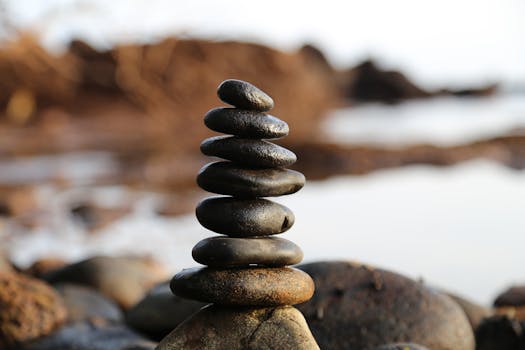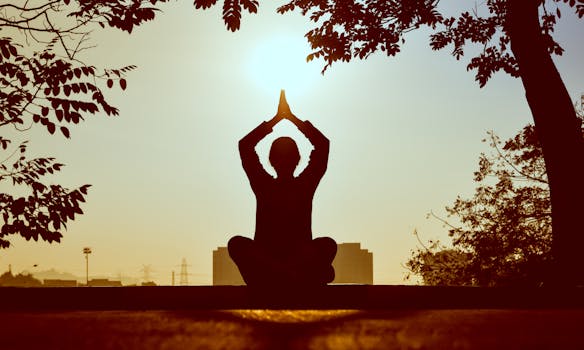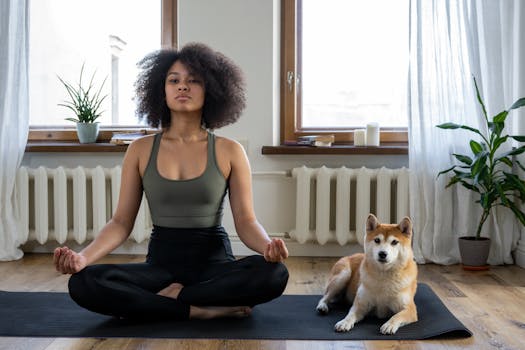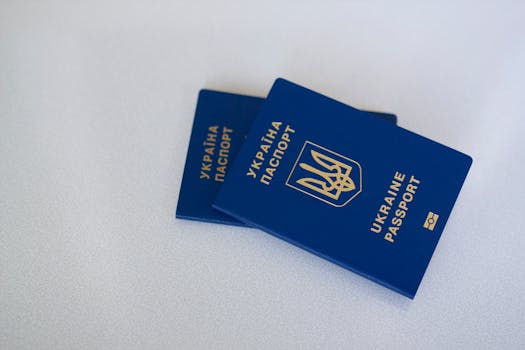
“
Mindfulness Practices for Stress Relief and Improved Wellbeing
Introduction to Mindfulness

Mindfulness is the practice of being present in the moment, paying attention to your thoughts, feelings, and sensations without judgment. It is a powerful tool for reducing stress, anxiety, and improving overall wellbeing. With regular mindfulness practice, you can develop greater self-awareness, improve your emotional regulation, and enhance your ability to cope with challenging situations. For more insights on enhancing your emotional regulation, check out our post on Luminous Skin Radiance.
Benefits of Mindfulness for Stress Relief

The benefits of mindfulness for stress relief are numerous. Mindfulness has been shown to:
- Reduce symptoms of anxiety and depression
- Improve sleep quality
- Enhance cognitive function and concentration
- Boost mood and overall sense of wellbeing
- Support weight loss and healthy eating habits
- Improve relationships and communication skills
Mindfulness Techniques for Stress Relief

There are many mindfulness techniques that can help with stress relief, including:
- Meditation: focusing your attention on your breath, body, or emotions
- Yoga: combining physical postures, breathing techniques, and meditation
- Body scan: paying attention to physical sensations in your body
- Mindful walking: paying attention to your breath and physical sensations while walking
- Mindful breathing: focusing on your breath to calm your mind and body
Conclusion

Mindfulness practices are a powerful tool for stress relief and improved wellbeing. By incorporating mindfulness into your daily routine, you can reduce anxiety, improve your mood, and enhance your overall quality of life. For tips on creating a calming atmosphere, explore our article on Creating a Cozy Atmosphere with Lighting Solutions.
Getting Started with Mindfulness

To get started with mindfulness, try incorporating one or two mindfulness practices into your daily routine. You can start with short sessions, such as 5-10 minutes, and gradually increase the duration as you become more comfortable with the practice. You can also try using guided meditation apps, such as Headspace or Calm, to help you get started.
Tips for Establishing a Mindfulness Practice

Here are some tips for establishing a mindfulness practice:
- Start small: begin with short sessions and gradually increase the duration
- Be consistent: aim to practice mindfulness at the same time each day
- Find a quiet space: identify a quiet and comfortable space where you can practice mindfulness without distractions
- Focus on your breath: bring your attention to your breath and let go of distracting thoughts
- Be patient: remember that mindfulness is a practice and it may take time to develop a consistent habit
Common Mindfulness Mistakes to Avoid

Here are some common mindfulness mistakes to avoid:
- Expecting immediate results: mindfulness is a practice that takes time to develop
- Trying too hard: mindfulness is about being gentle and kind to yourself, not about achieving a specific state
- Getting discouraged: remember that it’s normal for your mind to wander and that you can always bring your attention back to the present moment
- Not making it a habit: try to incorporate mindfulness into your daily routine, such as right after waking up or before bed
Conclusion

In conclusion, mindfulness practices are a powerful tool for stress relief and improved wellbeing. By incorporating mindfulness into your daily routine, you can reduce anxiety, improve your mood, and enhance your overall quality of life. Remember to start small, be consistent, and be patient with yourself as you develop a mindfulness practice. To further explore the journey of self-discovery, read about A Journey Through a Forgotten Forest Filled with Magic.
See more:
https://www.mindful.org
https://www.headspace.com
https://www.calm.com




